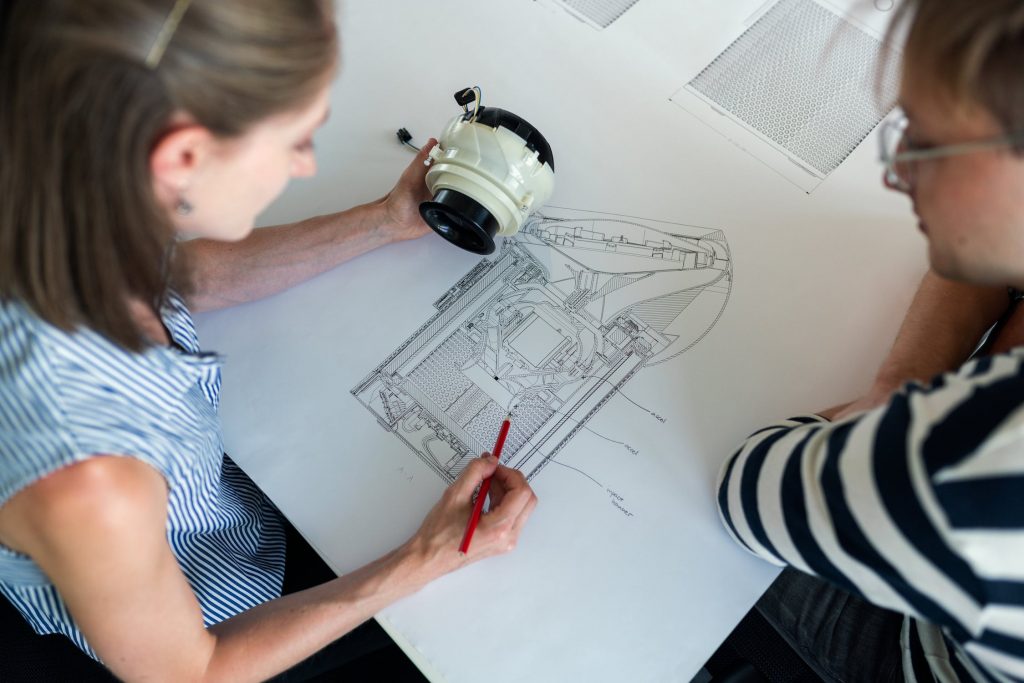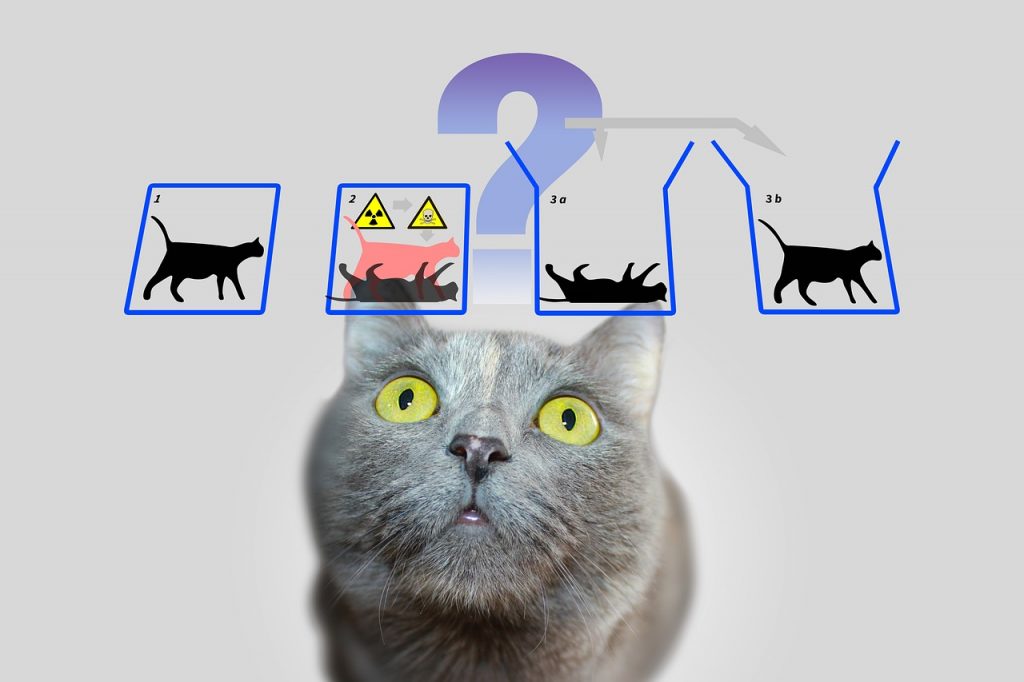
GUEST POST from Douglas Ferguson
Organizational transformation is a uniquely human endeavor. Navigating the journey to change starts with understanding the employee experience and creating space for emotional safety in the workplace.
According to organizational behavior expert Sigal Barsade, emotions are the key to encouraging higher performance and achievement. Her research shows that emotions influence employees’ wellness in addition to driving productivity. Thus, to influence organizational transformation, leaders need to take a closer look at how emotions factor into the employee experience.
In this article, we’ll discuss emotions and their role to change management in the following topics:
- The Employee Experience
- The Transformation Timeline
- Emotions at Work
- An Engagement of Consciousness
The Employee Experience
Without a keen understanding of the employee experience and your team’s emotional state, sustainable change is more fantasy than reality. In your efforts to initiate organizational transformation, consider first transforming employees’ work experience to promote a sense of emotional well-being.
In shaping the employee experience, it’s critical to understand employees’ expectations for emotional safety in the workplace. As most employees value their mental health above all else, they expect their working environment to promote trust, purpose, and social cohesion. Moreover, they want to know that leadership recognizes their contributions and that there is room and opportunity for sustainable growth and development. Similarly, team members want their personal sense of purpose to be in alignment with the organization.
With increased emotional wellness comes higher employee engagement and a more motivated workforce. With a stronger sense of emotional safety in the employee experience, leaders will find that their team is prepared to engage in organizational transformation.
The Transformation Timeline
“You have to attract people… you can’t bribe or coerce transformation.”
Greg Satell
Once you prioritize the employee experience in your change strategy, you can begin the organizational transformation timeline. Organizational transformation is a process that happens through gradual change, resulting in sustainable behavioral transformation. This type of comprehensive change can only occur through a series of repeatable actions and innovative systems, not one-time initiatives.
Take steps towards sustainable change with the following phases of organizational transformation:
Phase One: Fight Resistance
To sustain organizational transformation, leaders and team members need a solid strategy for managing resistance. Resistance often stems from the discomfort that change brings.
To move beyond this fear, leaders should explain that while transformation involves many unknown factors, the forthcoming change will bring overall positive results. By showing team members how they will benefit from a change, leaders can overcome resistance and encourage their employees to support the initiative.
- Freezing of Behaviors
In Lewis’ Change management model, change is broken into three steps: freezing, changing, and refreezing.In the first phase of organizational transformation, the “unfreezing” process will occur. This involves recognizing one’s need for change and defining new behaviors that replace the former methods and practices. During this very fluid phase, team members and leaders identify and share data that supports a need for change.
Phase Two: Facilitate Adjustment
After strategically managing resistance to change, the next phase in achieving organizational transformation is facilitating the adjustment period. During this phase, team members are no longer actively resisting transformation but still need time to adjust to the changes the new initiative brings.
In the adjustment period, changes are discussed in detail, and team members are invited to provide criticism and feedback. This phase allows team members to personalize the change as they recognize their individual roles in achieving organizational transformation. In a successful adjustment phase, every team member is aligned with the necessary actions for the next phase: acceptance.
- Changing
Within the adjustment phase of organizational transformation, team leaders will actively change their old habits. At this time, all stakeholders work to replace undesired behaviors with desired ones.
Phase Three: Foster Acceptance
In phase three of the organizational transformation timeline, you’ll lead your team into the acceptance phase with a solid vision and strategy for sustaining the changes over time.
- Refreezing
In the foster acceptance phase, refreezing occurs when changes are stabilized and become the new normal. As the organizational transformation nears completion, team members are in the best position to cement these changes by ensuring a legacy of growth.
Phase Four: Ensure Consistency
The fourth phase of organizational transformation establishes consistent and sustainable growth. Consistency is a direct result of repeatable actions from strategic processes, intentional routines, and innovative practices that allow each team member to enact changes that carry into the future continuously.
Emotions at Work
A clear strategy for long-term change is only a roadmap to organizational transformation. After setting the stage for change to take place, leaders must engage in the emotional work of transformation.
Change takes emotional labor, requiring an environment that is uniquely attuned to address employees’ emotional needs. In the workplace, emotions can be an accelerator for transformation. To engage emotions in the most effective way, leaders can create conditions that ensure psychological safety.
Research shows that to solidify organizational transformation, we must mitigate emotional harm and, in doing so, foster emotional commitment from team members. While emotional harm isn’t tangible, it presents itself in certain ways that can create anxiety, fear, and similar negative responses in employees. Essentially, working to facilitate positive experiences alongside potentially negative emotions is the key to harnessing a safe space for transformation. Leaders that are able to manage the effects of stress successfully can transform a high-pressure environment into a space for high performance.
Sonja Kresojevic, the founder of Spinnaker Co. and a proponent of using agile principles for organizational change, firmly believes that true transformation is a product of an empowered organization. According to Kresojevic, the more we humanize change through emotional labor and healing initiatives, the more we are able to influence others and start shifting organizations in the direction of transformation.
Leaders can promote healing and psychological safety by allowing employees to share their thoughts and criticisms freely and without retribution. With an increase in support and emotional safety, your team will be ripe for organizational transformation.
An Engagement of Consciousness
An organization’s penchant for the unknown is essential in driving organizational transformation. In your efforts to humanize change management, it’s crucial to understand and accept human nature’s role in experiencing change. In understanding our natural inclinations toward risk aversion in the face of change, we can work to replace this avoidance of uncertainty with curiosity, vulnerability, and authenticity in the workplace. This approach to change management will transform the way we work, the risks we take, and our willingness to accept change.
Much of organizational transformation is dependent on accepting uncertainty: that the future is unclear and we don’t have all the answers. The real secret to driving organizational transformation is empowering people to develop and accept new ideas on their own. Managing the uncertainty of organizational transformation takes time, allowing for the unfreezing, changing, and refreezing process to take place as stakeholders consider their options.
Rob Evans, Master Coach of Collaboration and Transformation Designer, shares that giving people a chance to court the unknown, is essential for change acceptance as it allows new ideas to seep in and take hold.
Practicing patience during the change management process allows for “engagement in the full consciousness,” in which leaders can kickstart the organizational transformation timeline and encourage employees to buy into the change. By pairing deliberate strategy with time for authentic employee engagement, radical transformation is an inevitability.
Ready to start the journey to organizational transformation? Consider a new approach to the employee experience. Voltage Control can help you and your team define the best path for your organization’s transformation.
This article originally appeared at VoltageControl.com
Image credit: Pixabay
![]() Sign up here to get Human-Centered Change & Innovation Weekly delivered to your inbox every week.
Sign up here to get Human-Centered Change & Innovation Weekly delivered to your inbox every week.








